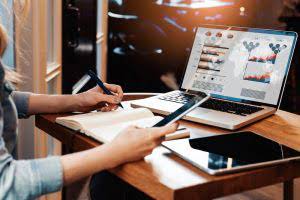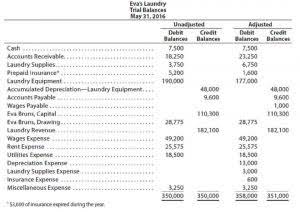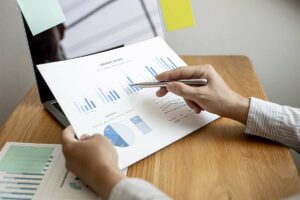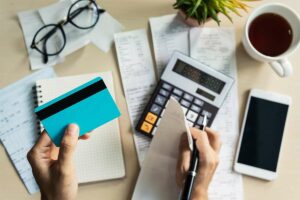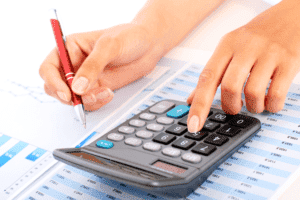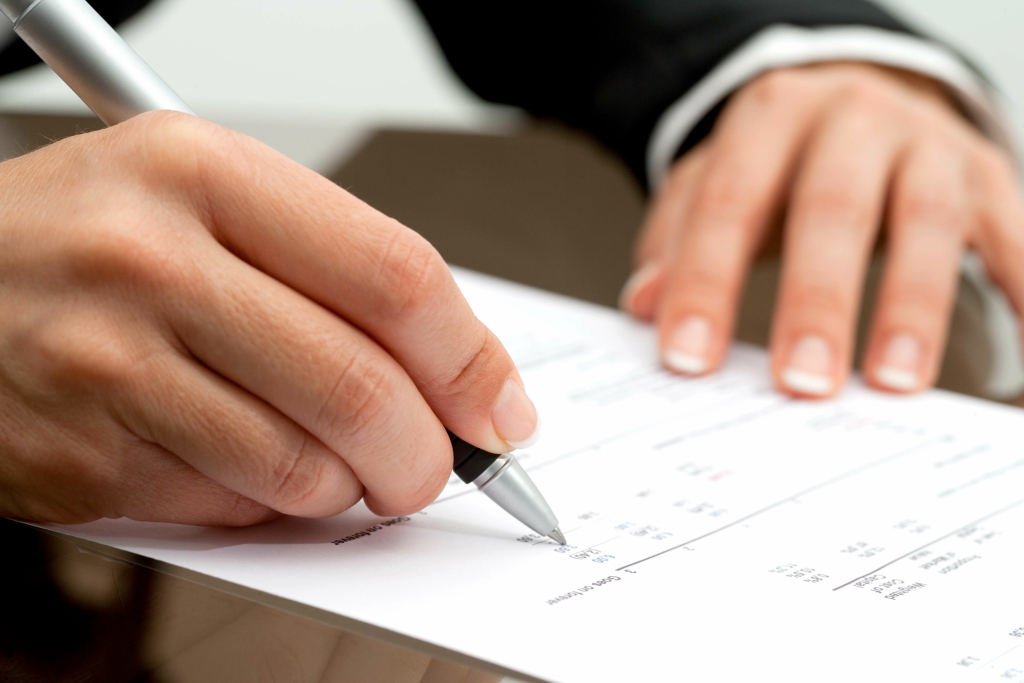
For example, hourly rates should be fine if your company only has simple needs and doesn’t mind doing without a dedicated point person for financials. Outsourced bookkeepers can be hired on a contract basis or as full-time staff members. For teams like this, it’s all too easy to find yourself months or even years behind the current financials.
But for many businesses, the process of arriving at that point of financial clarity is lined with challenges. It’s best to create a pros and cons list of companies when outsourcing bookkeeping so you’ll know you’ve made the best choice. If there’s no one on staff with bookkeeping experience, it might make sense for your company to hire someone specializing in this area. You may also want to consider hiring an outsider so they aren’t as connected with your business or know as much about its operations—and can therefore do their job more objectively.
Merritt Bookkeeping: Most affordable bookkeeping service
Not only can they help you be legally compliant, but outsourced accounting services and bookkeeping services can also help you grow your business, achieve your goals, and set you up for long-term success. A provider built specifically your online account to meet the needs of smaller organizations, Bench Accounting’s outsourced bookkeeping services can completely replace your current process or software tools. And with a one-month free trial, you can test drive their offerings before fully committing. Having an outsourced bookkeeping service provider is known to reduce many common errors made by business owners. Modern bookkeeping is often done through a cloud-based automated system that allows you and other experts to view your records at any time, so there are many eyes on your books. This leaves little room for error, especially considering outsourced bookkeepers are highly trained, so there is no adjustment period needed.
Pricing
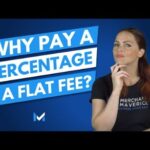
Many companies outsource this task to experienced auditors, who can independently assess your company’s financial processes and even advise on ways to improve. You must also manage the relevant tax obligations for your employees and (in some cases) independent contractors. Again, Remote can help ensure that you are withholding (and contributing) the right amounts of tax for your employees, regardless of where they are based. We can also help ensure that you are filing the right tax paperwork, including contractor paperwork. Payroll management is all about making sure your employees are paid accurately and on time for their work. In administrative terms It involves calculating wages, withholding taxes and other deductions, and issuing payslips.
Types of outsourced bookkeeping services
Virtual, outsourced, and online are often used interchangeably when referring to bookkeeping and accounting. However, a virtual bookkeeper or virtual accountant can sometimes refer to accountants or CPAs who work out of their homes and contract out their services individually. In contrast, outsourced bookkeeping and accounting nearly always refers to accountants with an accounting firm who handle your books from their own office.
- An outsourced accounting firm provides exactly that with real-time financial dashboards, monthly reports, support with long-term financial planning, and more.
- If you’re bringing in an outsourced controller to help manage your existing team, it’s necessary to carefully consider what this relationship will look like.
- An outsourced CFO that’s experienced in the nonprofit sector might not grasp the financial challenges that a fast-growing technology company deals with.
- Outsourced bookkeeping is an option if you want to outsource your books and you have a small business.
Outsourcing these tasks to professionals allows you to better manage your cash flow, maintain healthy relationships with your suppliers, and what is a tax expense more accurately gauge profitability. If you’re a small business that manages its own books, you could be spending your time and resources elsewhere. Firms and freelancers can be local or virtual, though most bookkeeping firms will opt for a virtual system over a physical one.
Outsourced accounting firms work with a wide range of clients, many of which may also operate in using cash flow surpluses for investment or to pay down debt your industry. Their teams live and breathe accounting every day, and will replicate best accounting practices from across your industry into your business’s workflows, boosting efficiency and productivity. You may think that outsourcing is only a practice for large, well-established businesses that offshore basic operations. But in reality, many businesses across the country, big and small, are embracing outsourced accounting.
As well as helping you comply with all relevant laws, this ensures that you are fully prepared if your company gets audited. “Virtual bookkeeping” may sound a bit dated—like a Windows 95 application—but this (admittedly awkward) term refers to a popular, paper-free method of handling your books. Once you’ve determined which route you want to take, interview candidates for agencies or freelancers to find the right fit.
You can start by assessing how outsourcing will help meet your business objectives. Pay attention to the most important points and document every step of the way. Here are some of the most common reasons business owners outsource their bookkeeping. When you hire an external accountant, you will have access to their specialised skills and the wealth of knowledge they have accumulated over the years they have spent working in the field. To learn more about how we can help, speak to one of our friendly experts today — or check out our in-depth payroll processing guide.
